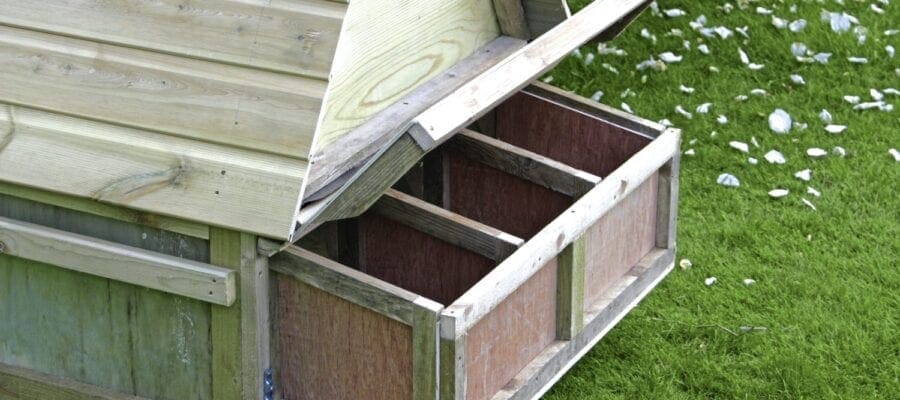Exactly what makes ideal housing for hens and ducks?
Choosing the wrong poultry house can prove to be a costly mistake, not to mention perilous for your flocks’ health, whereas getting it right can provide your birds with a lifelong home.
Jim Vyse, of Jim Vyse Arks, producer of high quality poultry housing for nearly two decades, offers this advice; “Look for housing with a practical design and robust construction. Houses manufactured from structural exterior grade pressure treated timber provide excellent longevity, as the treatment process is estimated to give a working life of at least 15 years.”
Also consider the type of poultry you’re keeping. For example, you’ll need to look closely at the materials used if your housing is going to withstand the wet conditions waterfowl love.
Features such as a ramp are essential for ducks and geese if the house isn’t floor level as, unlike chickens, they’re unable to negotiate steps or ladders. Be sure to check the size of the door before purchasing, as housing designed for chickens often have doors too small for ducks and geese to comfortably pass through.
Ducks dislike elevated nest boxes, so floor level boxes are a must have feature to encourage laying but reduce the chance of egg breakages. Nest boxes should only be large enough for one duck to use at a time, 30cm by 30cm by 40cm deep is ideal, and bedding should be clean, dry, and comfortable.
If you’re going to be keeping both chickens and waterfowl, or birds which differ from standard size (Brahma chickens, for example) then you might want to consider bespoke housing to ensure adequate room.
Finally, it must be easy to clean and maintain, as Jim explains, “a good quality, well-maintained poultry house should last a lifetime.” Removable roof panels and nest boxes are design features which make cleaning a quick and easy task.
For more poultry housing advice, visit www.jimvysearks.co.uk





